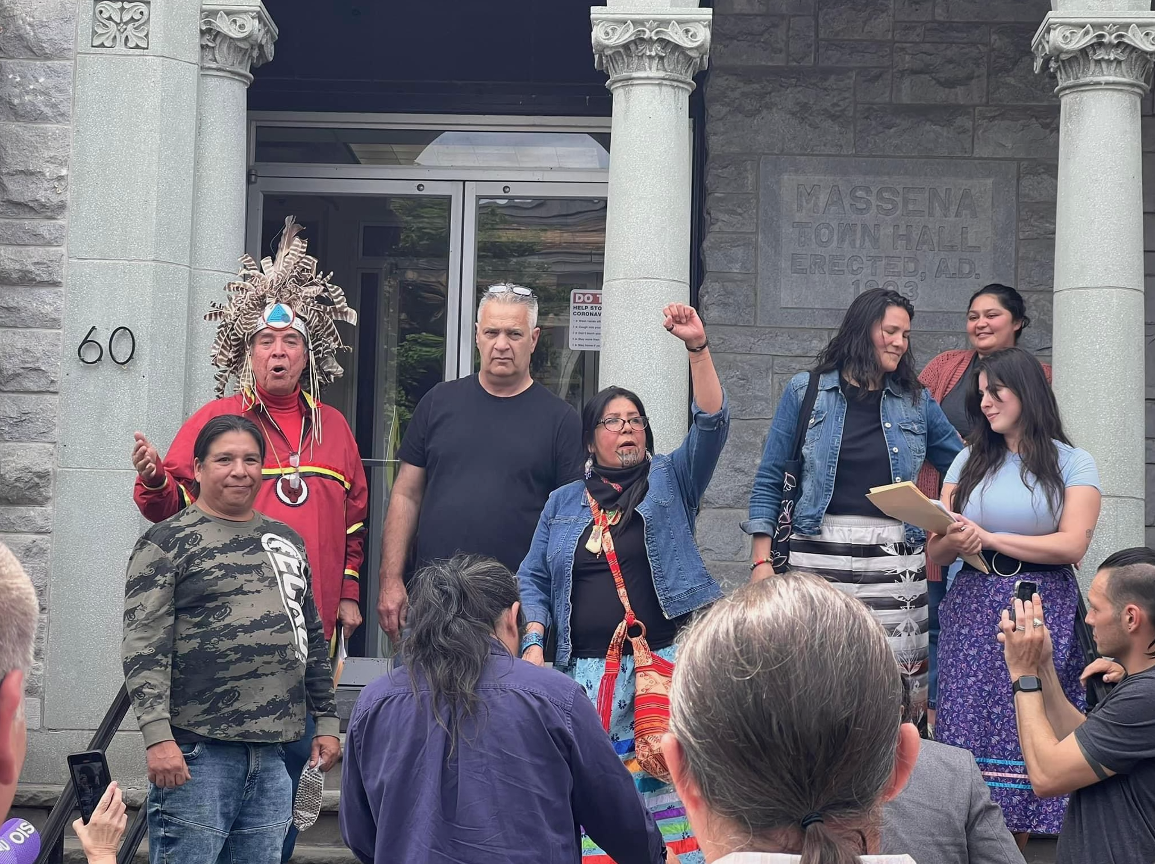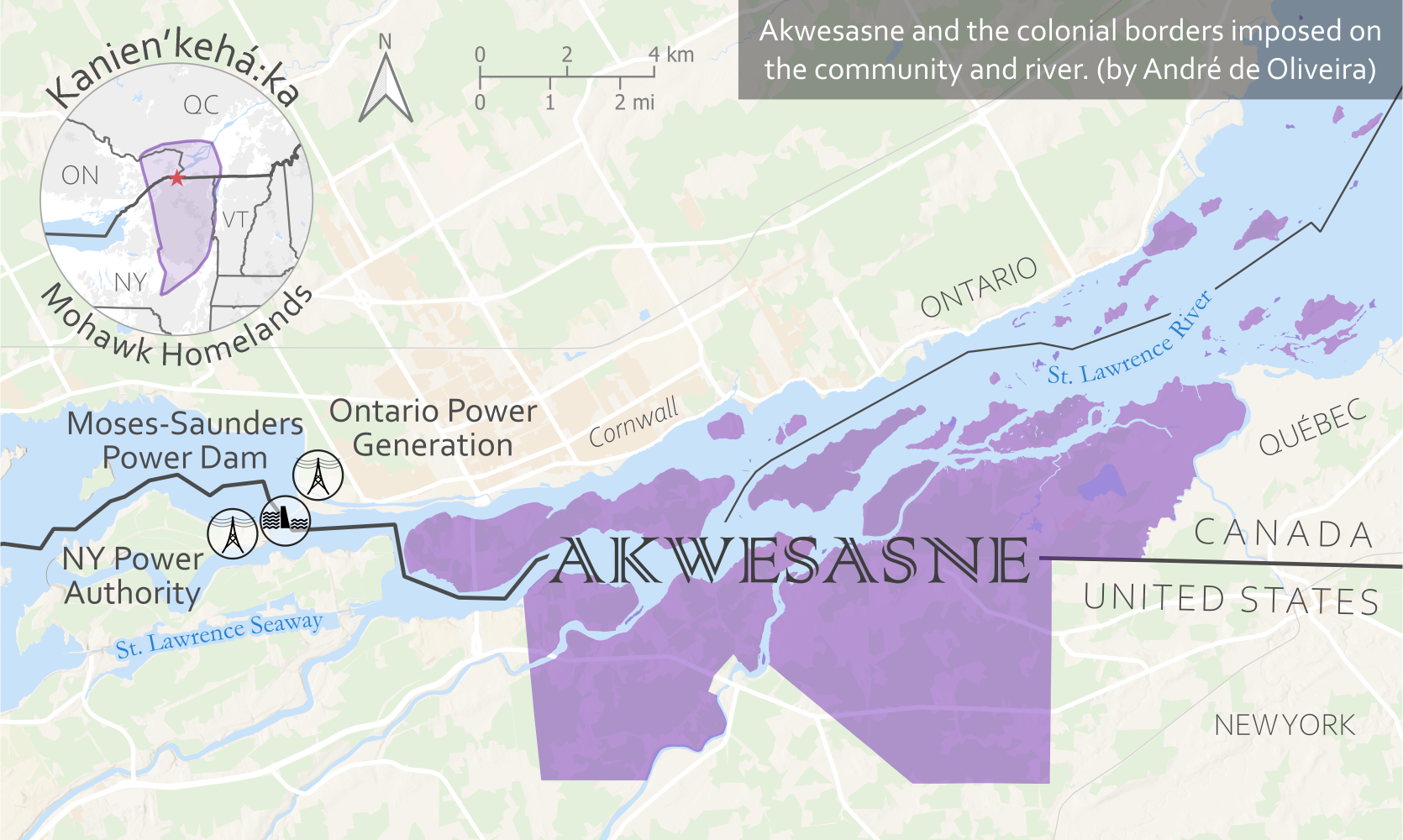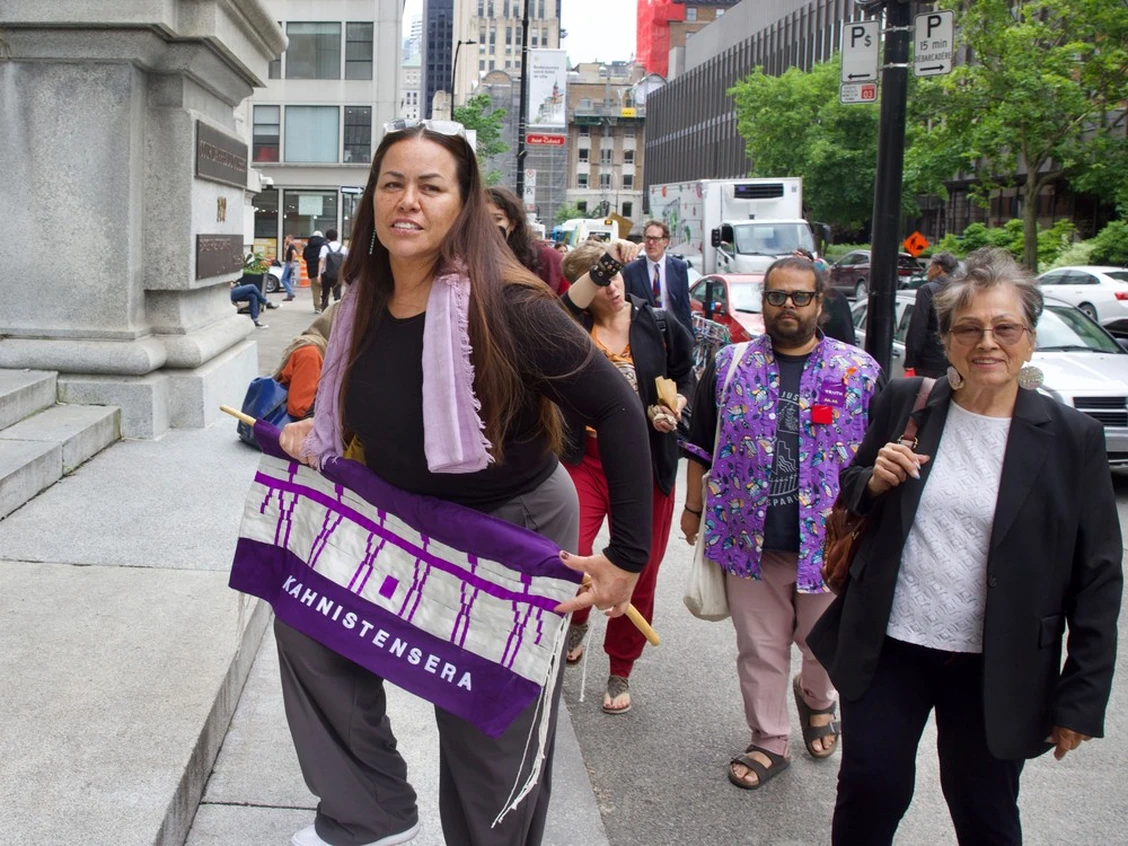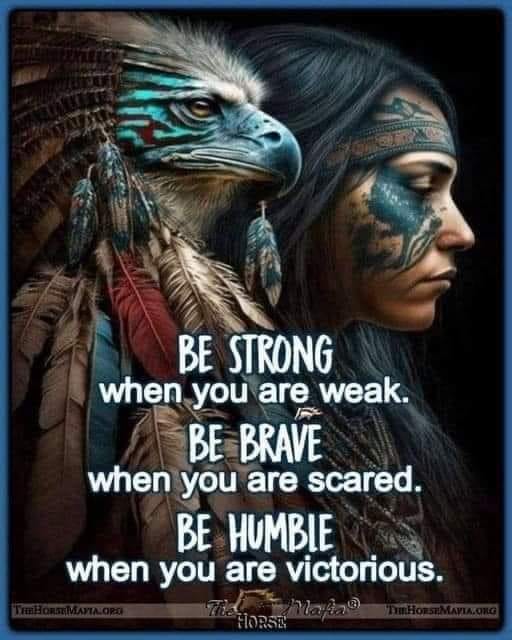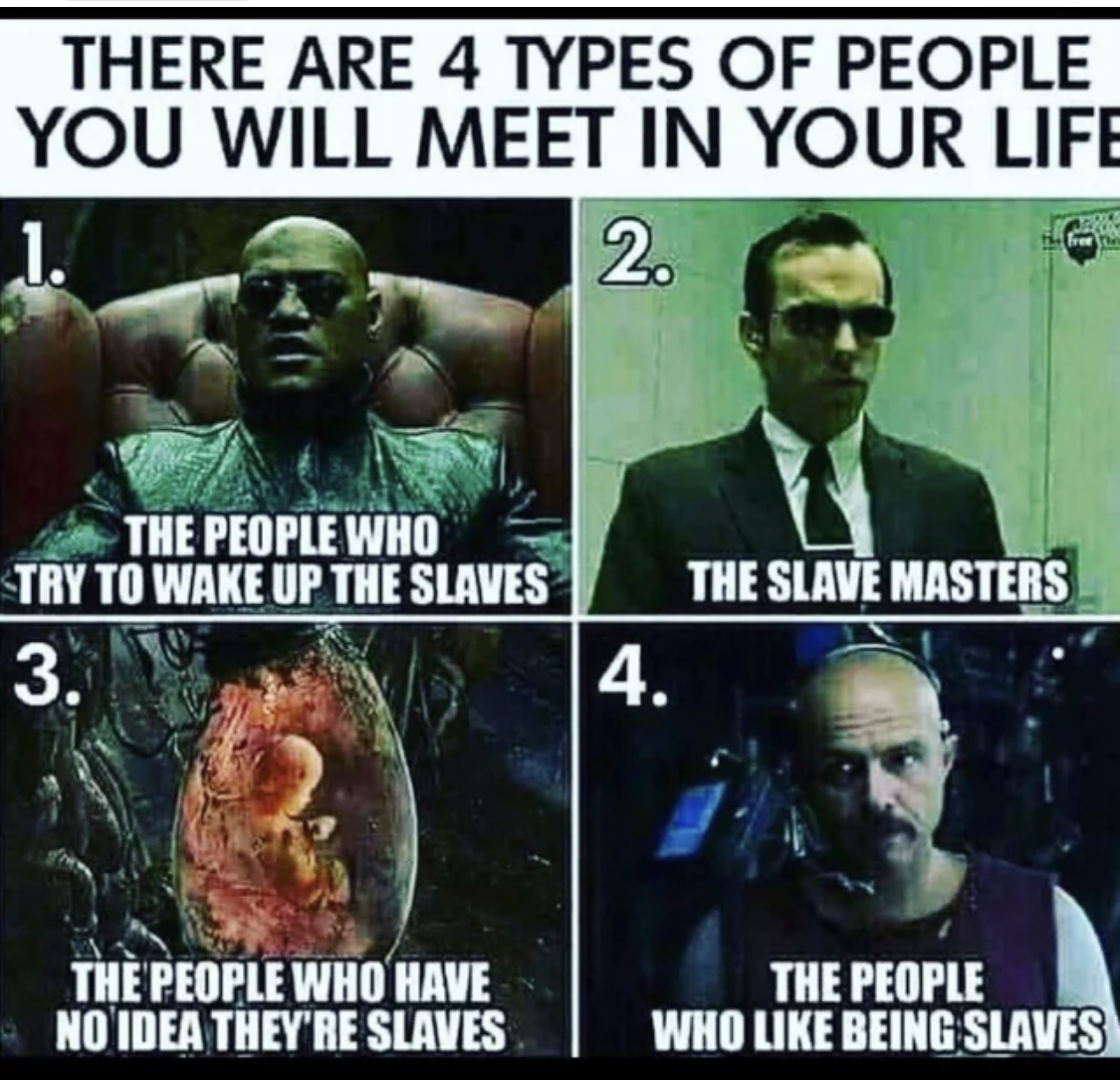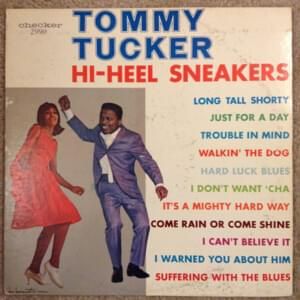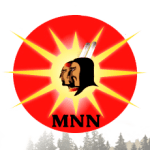
MCGILL/MCCCORD & MOHAWK MOTHERS DISCUSSION, JUNE 3. 2024
“TRAFFICKING OF INDIGENOUS CULTURAL HERITAGE “-

Six Nations chiefs explaining wampum belts 1871.
MNN. June 15, 2024. This message was delivered to McGill McCord Museum on behalf of Kahnistensera Mohawk Mothers:
“Wampum belts have been trafficked across international borders not recognized by us. Trafficking of cultural goods is the illicit import, export and transfer of cultural property. In 2011, the US Immigration and Customs Enforcement and Homeland Security announced that the illicit sale of cultural property is the third most profitable black market industries in the world, following weapons and narcotics trafficking! Wampums were stolen from indigenous communities on Turtle Island, often by using coercive strategies or middlemen who profitted from the misery and chaos of colonialism.
Band Councils do not represent us. They are an incorporated entity of Parliament and represent Canada, not the original indigenous peoples.

One dish one spoon Agreement: Natural resources such as animals, fish and medicinal plant should be shared in a respectful manner amongst onkwehonweh people.
Wampum cannot be sold by an individual. They are stewarded by specific families to conserve them for the future generations. Individuals cannot sell Kanien’keha:ka cultural heritage, like a piece of merchandise. They are historical agreements that are recorded for the future generations. For a century, McGill’s McCord Museum has possessed Kanien’keha:ka wampum that were acquired when our people were experiencing great duress on financial, social and physical levels, which Canada has recently acknowledged as genocidal. This history was not communicated to the public at the recent display of wampum. Today we are here to renew our relationship on better terms, based on collaboration, justice and truth-telling. We offer the McCord Museum an opportunity to return Kanien’keha:ka belongings to our communities, where they belong.
McGill and McCord squat on unceded Onkwehonkwe land and retain possession of and control over immensely valuable cultural heritage which forms the backbone of our identity, governance structures and nationhood. We traditional Kanien’keha:ka Longhouse people live in accordance with our precolonial constitution which our ancestors helped us to develop from time immemorial, the Kaianerehkowa. Wampum form the very basis of our cultural identity. Our right to live, possess and control our heritage is the basis of our culture, which is acknowledged by Section 35 of the Constitution Act of Canada 1982, which states: “The existing aboriginal and treaty rights of the aboriginal peoples of Canada are hereby recognized and affirmed”, as well as by the United Nations Declaration on the Rights of Indigenous Peoples Act, which is the Federal repatriation of the UNDRIP protocols outlined by the United Nations.
In the United States, these conversations have led to the creation of the Native American Graves Protection and Repatriation Act (NAGPRA), which currently requires museums to collaborate on projects with Indigenous peoples to repatriate all Indigenous heritage to Indigenous communities. The historic, traditional and artistic materials created by a people as an expression of themselves belongs to us, the original people from whom the objects were stolen and separated from the historical settings of these objects.
The UNDRIP Act in Canada states in Article 31 that: “Indigenous peoples have the right to maintain, control, protect and develop their cultural heritage, traditional knowledge and traditional cultural expressions, as well as the manifestations of their sciences, technologies and cultures, including human and genetic resources, seeds, medicines, knowledge of the properties of fauna and flora, oral traditions, literatures, designs, sports and traditional games and visual and performing arts. They also have the right to maintain, control, protect and develop their intellectual property over such cultural heritage, traditional knowledge, and traditional cultural expressions.” Article 25 says: “Indigenous peoples have the right to maintain and strengthen their distinctive spiritual relationship with their traditionally owned or otherwise occupied and used lands, territories, waters and coastal seas and other resources and to uphold their responsibilities to future generations in this regard.”

The Women’s Nomination Belt reflects the responsibilities of the women
to carry out their duties according to the kaianerekowa, to create the great peace.
Regarding Indigenous peoples, all states and publicly-funded corporations such as McGill are expected to recognize and protect the exercise of these rights. Every living being on earth has a spirit, including wampum that were handmade by our ancestors which carried forth our knowledge and instructions for future generations of Onkwehonweh. The spirit placed into the wampum was for the future generations of our people, not for the enjoyment and entertainment of tourists and academics. We feel the spirit of these teachings from our ancestors in our whole being. An object having an historical, traditional or cultural importance central to the indigenous people or culture itself, are not property owned by an individual. They cannot be alienated, appropriated or conveyed by any individual, corporation or organization. Such objects are inalienable by all parties at the time the object was created.
According to the Two Row Tehiohate philosophy, our society knows how to govern ourselves from birth. We had no jails, police, weapons or threats of death to manage our relationships. We are a true free self-determining people, with a “constitution” that is a true world heritage that has influenced what came to be called “democracy” all over the planet. For example, the United States’ decentralized semi-autonomous state system was appropriated from our traditional governance structures by Benjamin Franklin and the League of Nations. Wampum is the promise of the Kanien’keha:ka to pass our knowledge and traditions to future generations and to carry out the agreements made between the parties involved. As colonialist Cadwallader Colden described, “Wampum is a system of memory and recall far more advanced than anything they have seen in Europe.” The wampum was taken out regularly from the basket in the general council and the words were repeated to remind the people of the promise. The white people were invited to the wampum recitals, though their memory was faulty and many promises were broken.

Teiohateh Two Row, is the universal relationship of non-domination, balance and harmony between different people.
Wampum belts are promises of peace. To us it is not right to display our cultural heritage in museums as dead objects that no longer matter. We will not accept being put on display any longer. Wampum are living heritage that we are still using as the basis of our agreements, traditions, protocols and relationships. The fact that the McCord Museum of McGill University hold these items and put them on display remind us of how these agreements were violated by Europeans and transformed into entertainment items, stripped of their social, spiritual and political meaning. The essence of our agreements is in our minds. Wampum only work if we entertain a living relationship with them. Our honesty brings back our words and thoughts from these discussions. Our message based on the kaianerekowa, the great peace, has never been diminished. We must regularly review the original meanings.
We indigenous people belong to the land. The women made the belts because they have the duty of peace. The McCord exhibit misinterpreted certain meanings, for example stating that the straight line in the middle of the wampum represents the rule to govern. This improper representation must be corrected by our Elders and Knowledge Keepers. A gross misrepresentation in the exhibit suggested that we used wampum as money. It is Europeans who turned our wampum into a form of money, an idea that did not exist in our way.
The museum overlooked the original cultural meanings of the wampum. We offer to work together to correct this so that such violations, abuses, and misunderstandings can be made right. We will begin by discussing proper arrangements for the return to our communities of our heritage. We pledge to inform everyone of the true power, spirit and meanings of the wampum which is the basis of our relationship with all peoples and all life. We wish to remove the misleading narratives devised by European scholars and other foreigners by putting our wampum back in our hands. The way that these wampums were lost to our communities is very dark and troubling.
For many invading colonists all over the world our wampum were valuable objects of fashion that they stole and used as symbols of status. Some were taken right off the dead bodies of murdered Indigenous people throughout turtle island and then sold. Some wanted souvenirs to hang on their wall to remind them of having murdered us. Colonial institutions, especially museums, and their funders, such as the Bank of Canada, are pervaded by the continuation of a deep historical legacy of racism and genocide which must now stop. The general lack of information stems from the horrific conditions under which wampum were taken away from us. McCord did not provide meaningful and truthful explanations of the wampum and of how they ended up in McCord’s storage rooms. Somewhere the trail of information leading to their origins has been suppressed. We come to state without any ambiguity that it is time to return all our heritage to us for us to determine how our past, present and future will be used and interpreted.

Wiskniontsakeh signifies the alliance of five different peoples
who pledge to live by the great peace.
We hereby propose the following agreement: McCord Museum shall:
1. Relinquish all claims of ownership to Indigenous cultural heritage.
2. Negotiate the transfer of Kanien’keha:ka cultural heritage to the Kahnistensera Mohawk Mothers, who will coordinate their rematriation to Indigenous communities. McCord may hold the material on our behalf until arrangements are made to move them.
3. Understand that Kanien’keha:ka cultural heritage, including but not limited to wampum, is on temporary loan to the McCord Museum from the Kanien’keha:ka, contingent on proper care of the material culture and in good faith to facilitate the rematriation of Kanien’keha:ka belongings held by the McCord Museum.
4. Provide the Kahnistensera and Indigenous communities with a complete inventory of wampum, including all related documents and data that McCord may possess or have access to.
5. Fund Indigenous-led research into the meaning and historical movements and displacements of each wampum, to share correct information with the public. This includes funding a Kahnistensera-led program with Kanien’keha:ka elders, knowledge keepers and youth to correct the record.
6. Fund the safe and secure storage of Kanien’keha:ka cultural heritage until Indigenous communities are able to properly take on the care of these belongings.
[a] The Kanien’keha:ka belongings contained within the inventory will be completely under the ownership and control of Kanien’keha:ka traditional people. [b] During McCord’s temporary stewardship pending rematriation, McCord shall grant any Indigenous community or persons’ requests to access and use Indigenous cultural heritage, including wampum belts, for their own purposes.
7. Assist with curation expertise and resources, including securing sufficient funding, to ensure, in a timely manner, safe storage of the cultural artifacts in facilities controlled by traditional Indigenous governance systems. McCord shall provide free access to said belongings to all Onkwehonweh of any Indigenous communities to learn, physically handle, and use them for social, educational and ceremonial purposes.
8. Assist in the funding of the Kahnistensera Mohawk Mothers in order to arrange with Kanien’keha:ka communities for the creation, maintenance, and curatorial protocol to build the proper facilities for the transfer of the belts and articles to traditional Indigenous communities.
8. All historical agreements with other parties that allowed our wampum to be taken away and placed in colonial institutions shall be superseded by this agreement, because the original community ownership was never, and could never be, relinquished.
Robbie Robertson sings about the “Ghost Dance” to remind everybody “we shall live again, we shall live again” because of our love for our mother earth and all life.
Crow’s brought the message
To the children of the sun
For the return of the buffalo
And for a better day to come
You can kill my body
You can damn my soul
For not believing in your God
And some world down below
You don’t stand a chance against my prayers
You don’t stand a chance against my love
They outlawed the Ghost Dance
They outlawed the Ghost Dance
But we shall live again, we shall live again
My sister above
But she has red paint
She died at Wounded Knee
Like a Latter-day Saint
You got the big drum in the distance
The blackbird’s in the sky
That’s a sound that you hear
When the buffalo cry
You don’t stand a chance against my prayers
You don’t stand a chance against my love
They outlawed the Ghost Dance
They outlawed the Ghost Dance
But we shall live again, we shall live again
We shall live again
Crazy Horse was a mystic (yeah)
He knew the secret of the trance
And Sitting Bull, the great apostle
Of the Ghost Dance
Come on Comanche
Come on Blackfoot
Come on Shoshone
Come on Cheyenne
We shall live again (we shall live again)
We shall live again (we shall live again)
Come on Arapaho
Come on Cherokee
Come on Paiute
Come on Sioux
We shall live again (we shall live again)
You used to do the Ghost Dance
Used to do the Ghost Dance
But we don’t sing them kinda songs no more

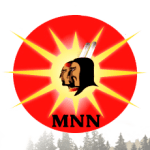



![Skillet - "The Resistance" [Official Lyric Video]](https://i.ytimg.com/vi/SKnRdQiH3-k/maxresdefault.jpg)








